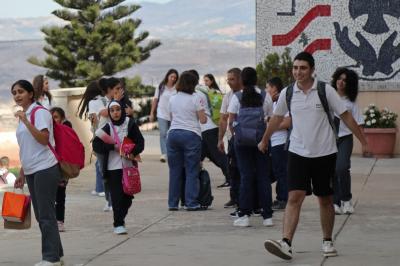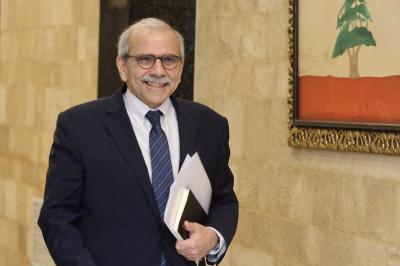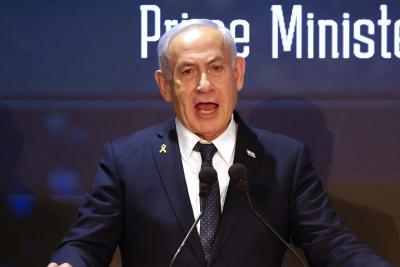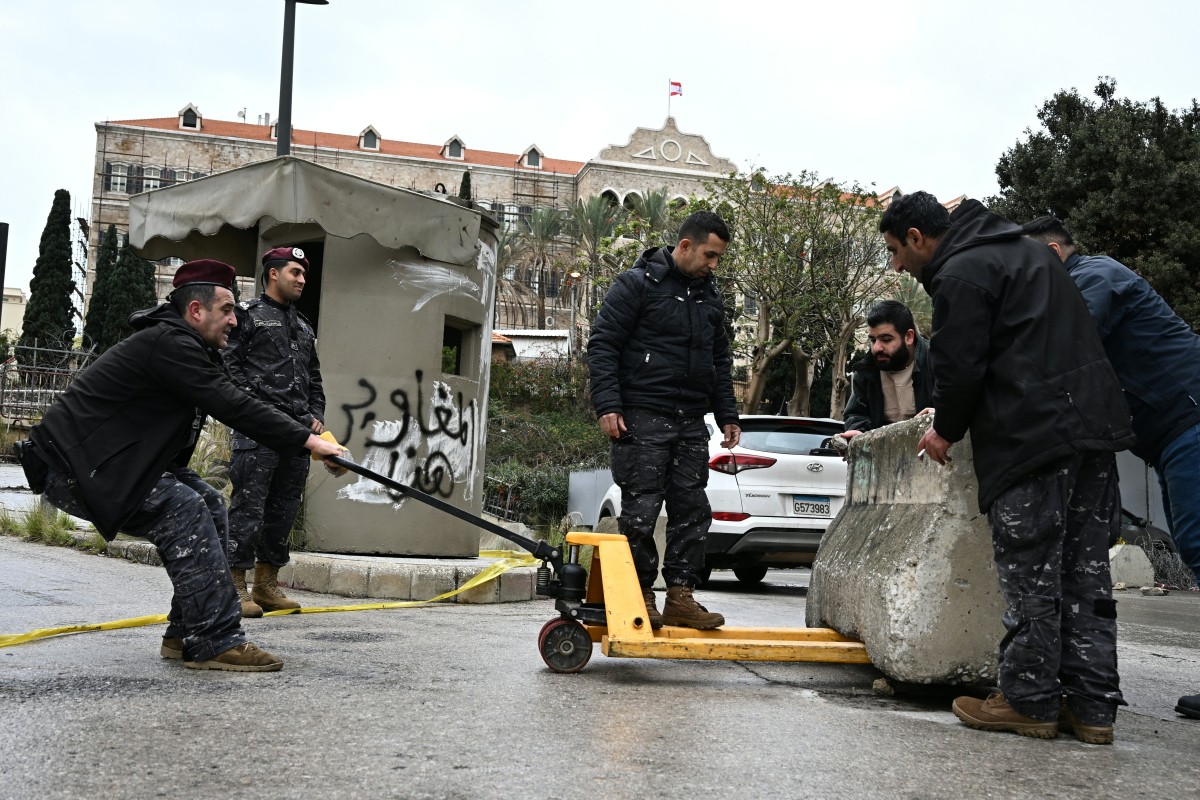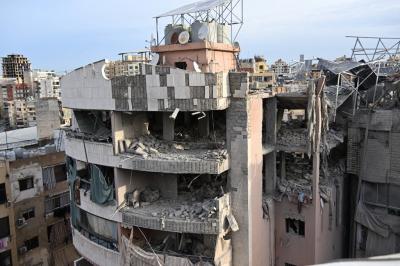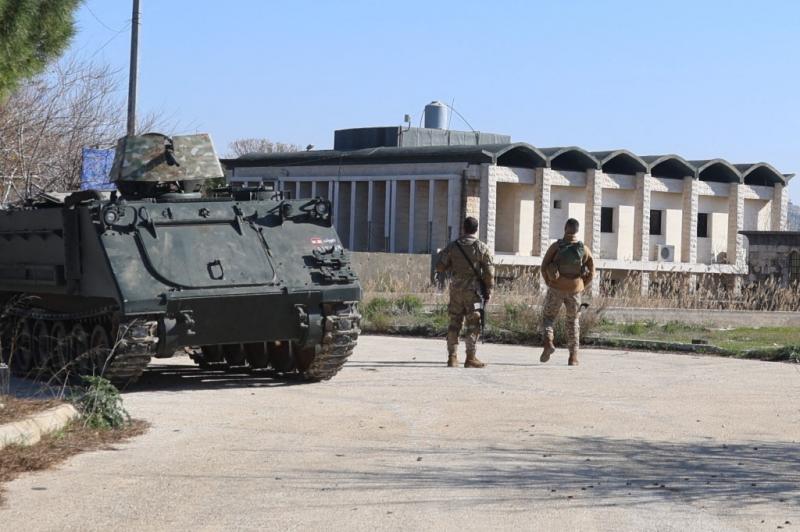Beirut witnessed a major turning point with the reopening of Bank Street to traffic, a decision that comes after more than five years of closure, which began with the October 17, 2019 protests. This move is part of a broader strategy to restore life to the city’s commercial heart, coinciding with recent political shifts following the election of a new president and the formation of a new government.
The Political Background of Bank Street’s Closure
The decision to seal off Bank Street dates back to the 2019 protests, which erupted in response to Lebanon’s worsening economic crisis and political mismanagement. As demonstrations escalated, authorities erected concrete barriers and metal barricades, effectively cordoning off the Parliament building in Nejmeh Square, along with several government institutions, to protect them from angry protesters.
This was not the first time downtown Beirut had been turned into a restricted zone. In 2006, Hezbollah and its allies occupied the city center for months, using it as a political pressure tactic.
However, this prolonged isolation of Beirut’s commercial district had severe consequences. Once the economic and touristic hub of Lebanon, the area fell into stagnation, with businesses closing one after another. Over the years, the financial toll became unsustainable, making the reopening of Bank Street an urgent necessity to revive the local economy.
Economic Pressures Behind the Decision
The reopening of Bank Street is primarily aimed at revitalizing economic activity in downtown Beirut. According to Dr. Khaldoun Abdel Samad, an economist interviewed by Al Safa News:
“The commercial sector suffered greatly due to this prolonged closure. The barricades cut off businesses from their customers, leading to a decline in sales and the closure of many shops.”
He adds:
“Reopening Bank Street will stimulate commercial activity in downtown Beirut. The area surrounding Nejmeh Square is home to numerous companies, banks, and retail stores that depend on daily foot traffic from citizens and tourists. Restoring access will help rebuild investor confidence and attract businesses back to the area.”
According to Abdel Samad, this step could also boost Beirut’s real estate market, which has been in steady decline:
“The long-term closure caused a drop in the value of commercial and residential properties in the area. With renewed activity, we expect rental prices and property values to rise, positively impacting the real estate market.”
Bringing Life Back to the Heart of Beirut
Beyond its economic impact, the reopening of Bank Street carries significant social implications. For years, downtown Beirut served as a meeting point for Lebanese from all regions, whether for work, tourism, or cultural events.
MP Wadih Sadek hailed the decision, stating:
“The reopening of Bank Street is a long-overdue step. The unnecessary isolation of this vital part of Beirut has had a negative impact on the city as a whole. Restoring the vibrancy of downtown means restoring its role as a center of political, economic, and social life.”
Similarly, Georges Nour, a real estate expert and university professor, sees this as part of a long-term recovery plan:
“The reopening of Bank Street is just the first step. This effort must be followed by the removal of all remaining security barriers and other obstacles that continue to give the impression of instability.”
Nour also emphasized the need for a broader revitalization strategy, particularly concerning Nejmeh Square and its surrounding businesses:
“Beirut needs to regain its economic and commercial vitality. Encouraging businesses to return and reopening Nejmeh Square as a commercial and social hub will be essential.”
More importantly, he highlights a fundamental shift in mindset:
“We must prioritize the well-being and happiness of citizens. This reopening should mark the start of a new chapter, one focused on optimism and progress.”
Who Pushed for This Decision?
The reopening of Bank Street was not a unilateral move but rather the result of coordinated efforts by multiple governmental and economic entities. Among the key figures was Antoine Habib, director-general of the Housing Bank, who played a pivotal role by engaging in discussions with key officials, including:
-The Mayor and Governor of Beirut,
-The former Minister of Economy and head of Lebanon’s economic committees, Mohammad Choucair,
-The Speaker of Parliament, Nabih Berri.
The final push came from Lebanon’s new president, who issued directives to remove security barriers from in front of ministries and government buildings, facilitating the reopening of several key roads, including Bank Street.
What Impact Will This Have?
1. Improved Traffic Flow
Reopening the street will help ease congestion in surrounding areas, as drivers had been forced to take alternative routes, adding pressure to Beirut’s already overloaded road network.
2. Economic Recovery
With normal traffic restored, shops, restaurants, and offices will regain customers, boosting sales and creating new job opportunities.
3. Increased Investor Confidence
This decision sends a strong signal to investors, suggesting an improvement in political and security conditions, which could encourage foreign and local investments.
4. Boost to Tourism
Downtown Beirut, home to historical sites and commercial hubs, could once again become a major attraction for tourists, enhancing the hospitality and retail sectors.
A First Step Toward Lebanon’s Recovery?
The reopening of Bank Street is more than just a logistical decision—it symbolizes a new direction for Lebanon’s governance, signaling a shift toward economic and social recovery.
The question now is whether this will mark the beginning of a genuine revitalization process or remain an isolated move in a still-fragile political and economic landscape.
For now, Lebanese citizens, business owners, and investors are cautiously optimistic, hoping this step ushers in a period of economic renewal, far removed from the years of seclusion and stagnation.
 French
French


